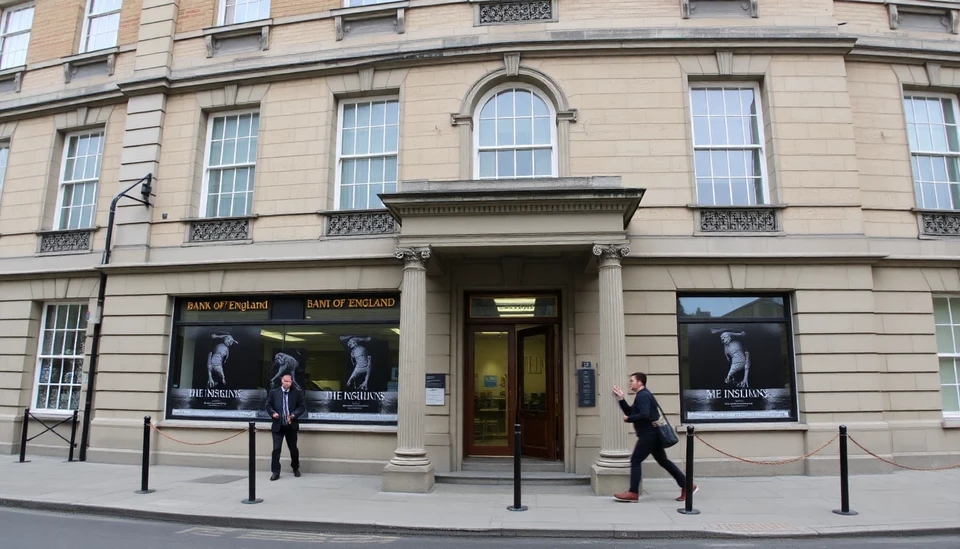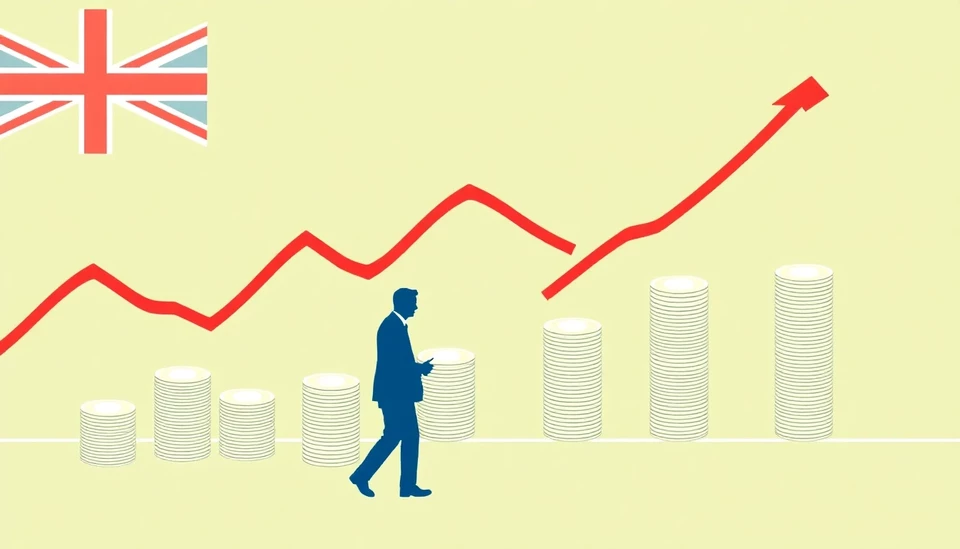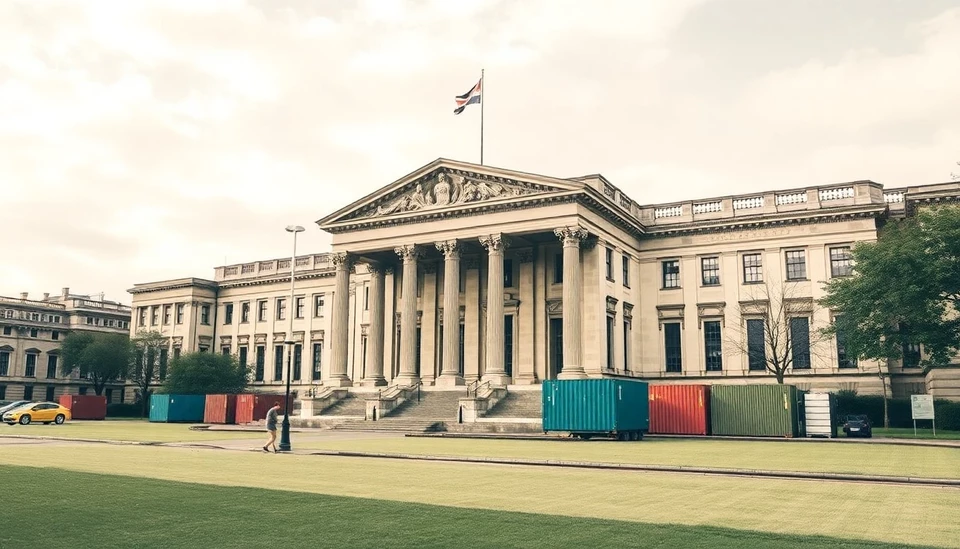
In a significant move that reflects the dire state of the UK's economic landscape, the Bank of England (BoE) is gearing up for its third consecutive interest rate cut as the nation grapples with the twin challenges of stagnation and inflation, a condition commonly referred to as stagflation. Analysts suggest that this decision is vital not only for consumer confidence but also to bolster the struggling economy, which has shown little sign of recovery amid rising costs and muted growth.
The central bank is scheduled to hold a meeting on February 16, where it is expected to announce a reduction in the benchmark interest rate. This follows a series of prior cuts aimed at stimulating economic activity as households and businesses alike face increasing financial pressures from soaring prices and a slowdown in economic progress. Despite these efforts, the anticipated growth has yet to materialize, raising questions about the effectiveness of the BoE's current strategy.
Recent data indicates that inflation remains stubbornly high, which complicates the BoE’s decision-making process. While modest growth is critical, central bank officials must also remain vigilant of rising consumer prices, which could further undermine any gains made through rate cuts. The intricate balance between fostering an environment conducive to growth while combatting inflation is proving to be an incredibly challenging tightrope for policymakers to walk.
Economic analysts have pointed to several indicators suggesting that the UK's economy is facing an uphill battle. Consumer spending has dipped as households tighten their belts amid the cost of living crisis, and many businesses are navigating the harsh reality of rising operational costs. As confidence wanes, the threat of a prolonged period of stagnation looms large, prompting the BoE to consider aggressive monetary policy measures.
In this context, predictions from economists indicate that further rate cuts may be necessary to avoid a severe economic downturn. Moreover, these anticipated cuts could signal to the markets a shift towards a more expansionary fiscal policy, aimed at reigniting growth across various sectors of the economy. However, some experts caution that such measures could also lead to potential long-term consequences, including increased inflationary pressures.
As the date of the meeting approaches, all eyes will be on the central bank's communications and any accompanying statements on future monetary policy direction. Analysts will be keen to dissect the accompanying narrative to understand how the BoE plans to navigate these turbulent waters, particularly as the global economy shows signs of strain.
For the UK, the stakes couldn't be higher as the possibility of stagflation threatens to undermine years of economic progress. A careful examination of both domestic and international factors will be imperative as the Bank of England aims to chart a course through what promises to be a challenging economic landscape.
In summary, the Bank of England is set to make a pivotal decision at its upcoming meeting, which will have significant implications for the UK economy. As central bankers weigh their options, the nation's focus will be on how effectively they can stimulate growth while keeping inflation in check.
#BankofEngland #InterestRates #Stagflation #UKEconomy #MonetaryPolicy #EconomicGrowth #Inflation #FinanceNews
Author: Laura Mitchell




